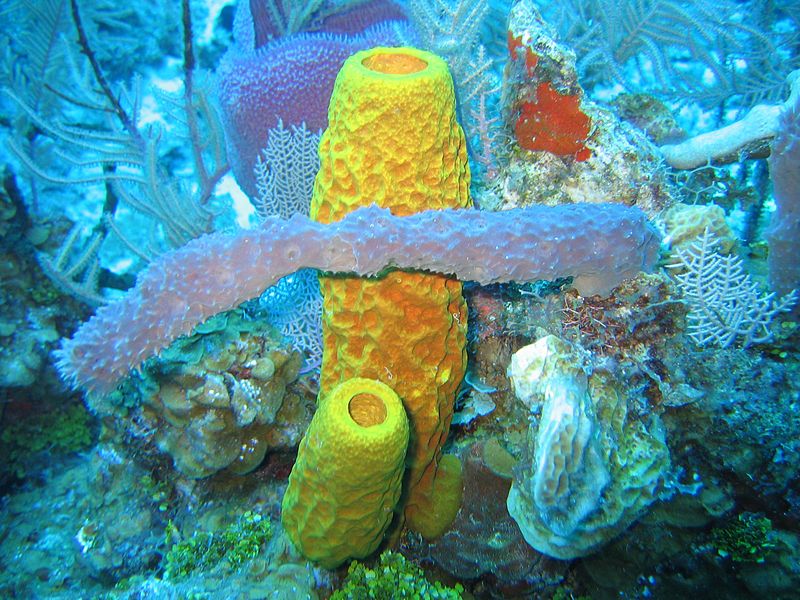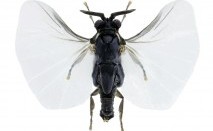
Category: Invertebrates

Sponges are aquatic, multicellular organisms whose body structure is full of holes and channels that allow water to circulate food and oxygen to all the cells, as well as remove waste. While they lack true tissues and organs and do not display body symmetry, sponges are composed of a variety of cells which perform highly specialized functions and often host photosynthesizing micro-organisms as endosymbionts. Sponges in temperate regions usually only survive for a few years, while some tropical species may live for more than 200 years!

Body horror in the insect kingdom
Learning about animals, you can discover many fascinating, even beautiful facts, but there are also things that can give you nightmares! Enter the strepsiptera (“twisted-wing parasite”). The adult female has no limbs, wings, or mouth - she simply lives in and feeds off her host (typically a wasp). When it becomes time to mate, she protrudes part of her abdomen from between the plates of her host and uses mind control to get the wasp to fly off to nearby males. Sexually mature males have wings, and fly around for about five hours before dying - spending their entire short existence seeking out females to mate with. After the female is impregnated, her own young grow and consume her. And once there is nothing left to eat, they leave their host wasp, infiltrate the nursery, and latch on to a larvae to create their own “zombie wasp” host and continue the grisly cycle!
Learn more >>
 Discover Animals is a web-based educational resource offered by the NAIA
Discover Animals is a web-based educational resource offered by the NAIA